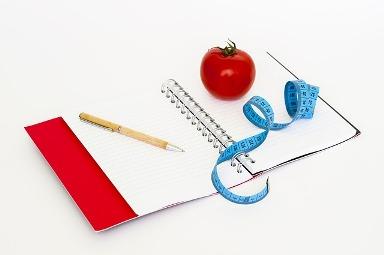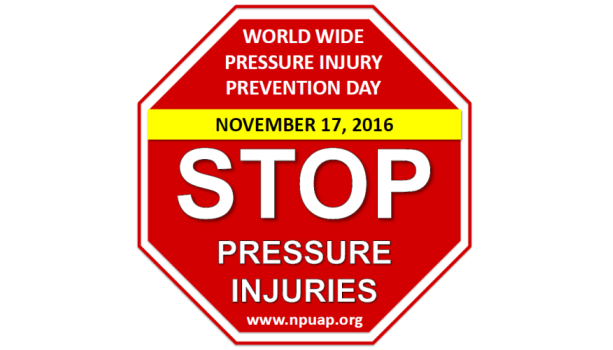How Obesity Impacts the Wound Healing Nutrition Plan
August 31, 2015
"I know Susie Q has a stage IV pressure ulcer on her sacrum but she is obese so she certainly doesn't need any more calories."
Clinicians and family members often articulate this statement about obese individuals. Another common occurrence is the failure to notify the registered dietitian when an obese patient has an unplanned, significant weight loss of 5% or more in 30 days or has an insidious weight loss over time. The key word is unplanned and not a result of edema.
Wound Factors: Obesity and Malnutrition
Malnutrition is a common occurrence in both obese individuals and frail, underweight adults. It is defined as any nutritional imbalance that is an over and under consumption of calories and nutrients. Overweight or obese individuals who experience a traumatic event or severe acute illness benefit from concentrated nutrition interventions. How does the health care team and the registered dietitian determine precisely what a client is consuming daily at mealtime and between meals? First, it takes finesse and patience to convince anyone, especially an obese individual, to divulge their meal habits. Take the time to explain that the goal is not to judge what the individual is eating but rather to determine if their diet provides the appropriate nutrients to promote wound healing.
When they agree to write down what they are eating, ask them to describe how the food was prepared and the portion of food such as 1 cup/8 oz. of milk, 3 oz. of meat (size of a deck of cards) 1 ½ oz. of cheese (size of a pair of dice), ½ order of fried chicken plus mashed potatoes and gravy from the store, 16 oz. of cola, etc. It will help if you give them pictures of food portions or guide them to a credible website for samples. It isn't wise to ask someone to remember what they ate last week or even yesterday but rather ask them to keep a log for a week or until their next visit.
The registered dietitian can calculate the calories consumed, evaluate the food log, suggest a nutrition plan for wound healing and discuss the recommendations with the individual. The plan is the individual's and not the wound care team's plan so we must be cognizant of the individual's ability to both secure and prepare the food we suggest. Someone who never drinks milk isn't going to switch to low fat milk for added protein but they may agree to Greek yogurt as a snack. If the physician agrees, part of the treatment plan should include exercise to increase metabolism, increase their energy level, and reduce stress. The exercise plan should be tailored to the individual.
Determining a Nutrition Plan for Obese Individuals
It may be easier to determine the obese individual's intake when they are residing in an acute care, rehabilitation or nursing home setting, but it still requires a designated qualified person who can visually examine each item eaten at each meal. Recording that an individual ate 50% of a meal is useless information unless you know 50% of what. Believe it or not, the housekeeping staff can provide some interesting information. The trashcan holds secrets from candy wrappers, soft drink cans, boxes of candy, chips at the bedside and bags of fast food the family brings.
Frequent visits and communication between team members is important when determining the appropriate nutrition plan for an obese individual with wounds. Recommending the obese individual who has wounds embark on a restricted very low calorie diet is not appropriate until the skin is healed. Rather, the focus should be on incorporating lean meats, poultry, fish, eggs, low fat cheese and dairy products, beans, legumes, fresh fruits, and vegetables either cooked without added fat or raw. If the diet is lacking in the adequate vitamins and minerals, then it is appropriate to suggest a multivitamin with minerals. Remember that being overweight does not equate with being well nourished.
About The Author
Mary Ellen Posthauer RDN, CD, LD, FAND is an award winning dietitian, consultant for MEP Healthcare Dietary Services, published author, and member of the Purdue University Hall of Fame, Department of Foods and Nutrition, having held positions on numerous boards and panels including the National Pressure Ulcer Advisory Panel and the American Dietetic Association's Unintentional Weight Loss work group.
The views and opinions expressed in this blog are solely those of the author, and do not represent the views of WoundSource, HMP Global, its affiliates, or subsidiary companies.












Follow WoundSource
Tweets by WoundSource